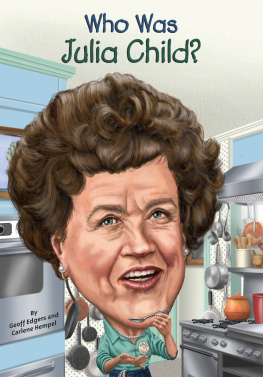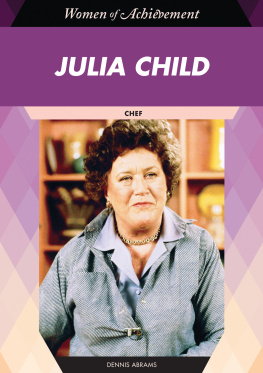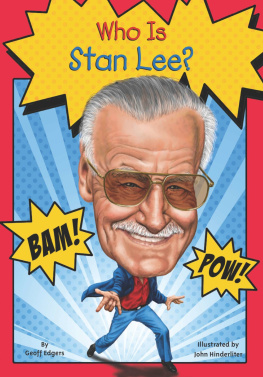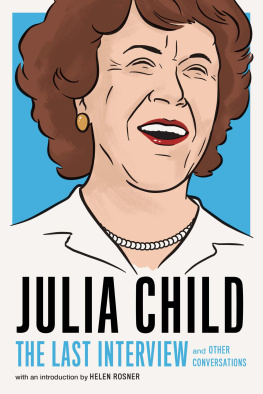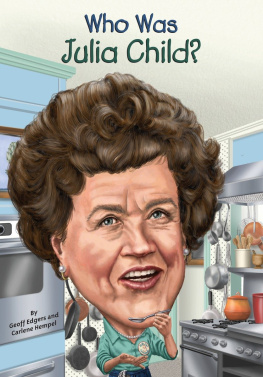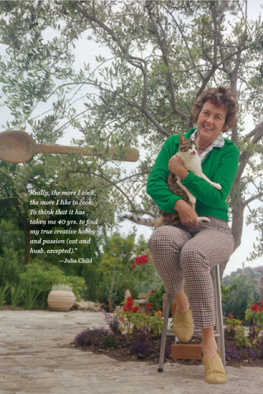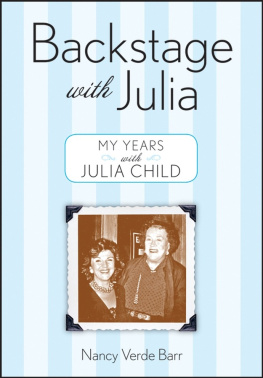Edgers - Who Was Julia Child?
Here you can read online Edgers - Who Was Julia Child? full text of the book (entire story) in english for free. Download pdf and epub, get meaning, cover and reviews about this ebook. year: 2015, publisher: Penguin Young Readers Group, genre: Non-fiction. Description of the work, (preface) as well as reviews are available. Best literature library LitArk.com created for fans of good reading and offers a wide selection of genres:
Romance novel
Science fiction
Adventure
Detective
Science
History
Home and family
Prose
Art
Politics
Computer
Non-fiction
Religion
Business
Children
Humor
Choose a favorite category and find really read worthwhile books. Enjoy immersion in the world of imagination, feel the emotions of the characters or learn something new for yourself, make an fascinating discovery.
- Book:Who Was Julia Child?
- Author:
- Publisher:Penguin Young Readers Group
- Genre:
- Year:2015
- Rating:3 / 5
- Favourites:Add to favourites
- Your mark:
- 60
- 1
- 2
- 3
- 4
- 5
Who Was Julia Child?: summary, description and annotation
We offer to read an annotation, description, summary or preface (depends on what the author of the book "Who Was Julia Child?" wrote himself). If you haven't found the necessary information about the book — write in the comments, we will try to find it.
Edgers: author's other books
Who wrote Who Was Julia Child?? Find out the surname, the name of the author of the book and a list of all author's works by series.
Who Was Julia Child? — read online for free the complete book (whole text) full work
Below is the text of the book, divided by pages. System saving the place of the last page read, allows you to conveniently read the book "Who Was Julia Child?" online for free, without having to search again every time where you left off. Put a bookmark, and you can go to the page where you finished reading at any time.
Font size:
Interval:
Bookmark:


To Bobi, for poppy-seed cookies, blintzes,
and that outrageous lasagnaGE
To my mother and father, both wonderful cooks, who loved to watch Julia Child on Channel 2 with me when I was a girlCH
GROSSET & DUNLAP
Penguin Young Readers Group
An Imprint of Penguin Random House LLC

Penguin supports copyright. Copyright fuels creativity, encourages diverse voices, promotes free speech, and creates a vibrant culture. Thank you for buying an authorized edition of this book and for complying with copyright laws by not reproducing, scanning, or distributing any part of it in any form without permission. You are supporting writers and allowing Penguin to continue to publish books for every reader.
Text copyright 2015 by Geoff Edgers & Carlene Hempel. Illustrations copyright 2015 by Penguin Random House LLC. All rights reserved. Published by Grosset & Dunlap, an imprint of Penguin Random House LLC, 345 Hudson Street, New York, New York 10014. GROSSET & DUNLAP is a trademark of Penguin Random House LLC.
Library of Congress Cataloging-in-Publication Data is available.
ISBN 978-0-399-53974-9
Version_1
Who Was
Julia Child?
One night in 1962, people watching Channel 2 in Boston saw something unexpected. There, standing over a frying pan, was a woman tall enough to play professional basketball. She wore an apron and spoke in a fluttering, high-pitched voice. She was excited.
Julia Child was cooking an omelet.
Thats a fancy way of making scrambled eggs that are served folded in half.
The shows producers were not expecting Julia to be a big hit. Back then, the most popular shows were westerns, cartoons, and comedies. There certainly werent many people cooking on television.
And Americans were not doing much cooking in general. In the early 1960s, the economy was booming. New cars, new stereos, and new appliances were introduced. Women were beginning to work hard at building their careers. TV dinners, frozen in metal trays and warmed in the oven, were popular. The idea of spending time cooking a complicated meal seemed old-fashioned!
Julia Child wanted to change that. She cooked her omelet for less than one minute in a sizzling-hot buttery pan on live television. And one minute was all it took for viewers to fall in love with her. By the next morning, they were calling the TV station and writing letters. They wanted to see more of Julias cooking. And they got their wish.
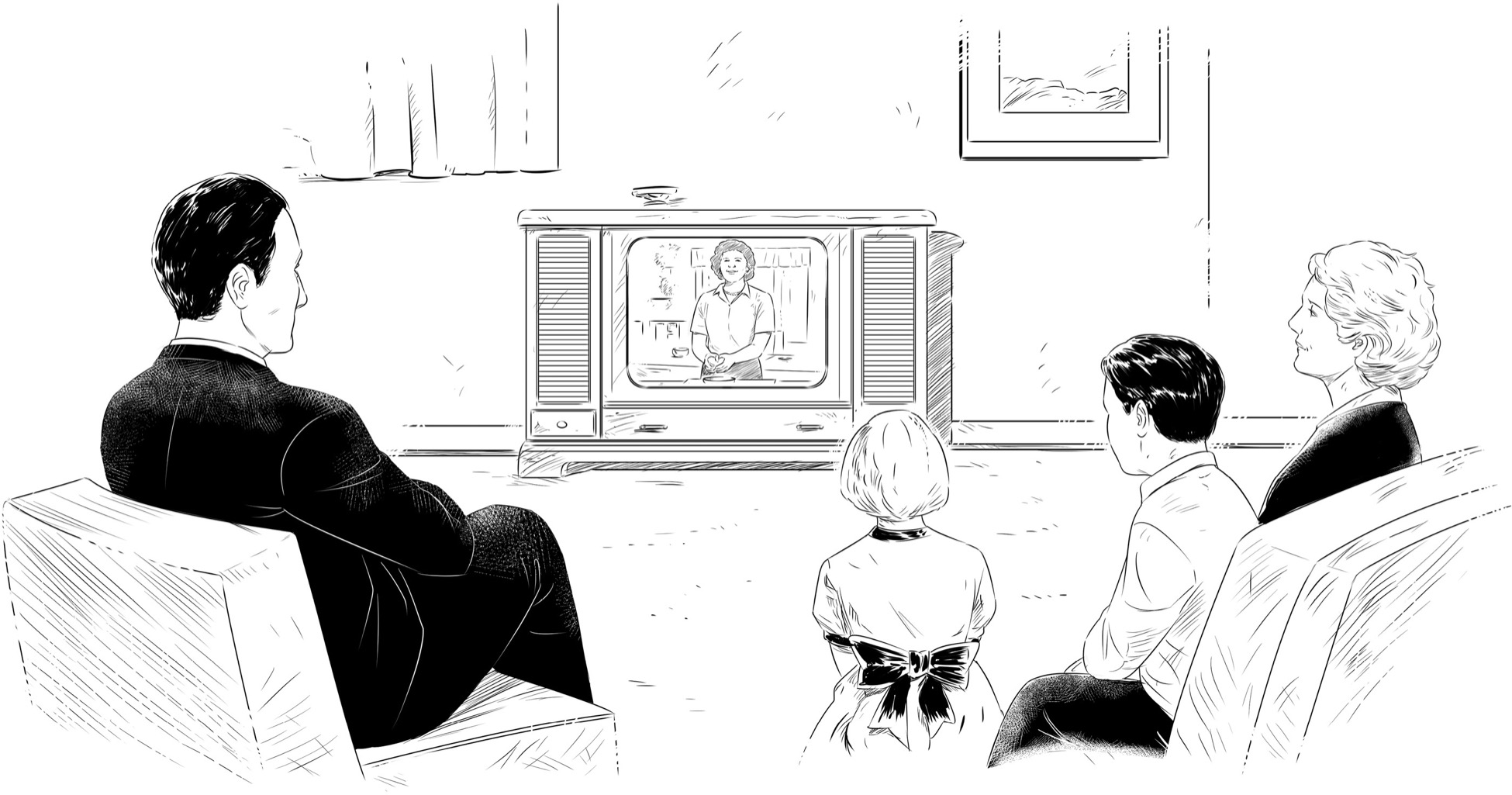

Julia began taping her own half-hour cooking show called The French Chef. At first it was shown only in the Boston area. But eventually it could be seen on televisions across the country. She showed people that cooking could be fun and rewarding and special. She reminded them that meals could be crafted with great care and love.
Flipping her omelet that day, Julia had no way of knowing that she would become so famous. Her cookbook would eventually sell millions of copies. Julia would be on the cover of magazines and a guest at the White House. Her kitchen would be put on display at one of the most important museums in the United States.
Through it all, Julia Child never forgot why she put on her apron. She loved cooking and sharing a great meal with friends. Julia turned housewives into chefs. She turned chefs into TV stars.
At the end of each television show, she would wave to her audience, taste a forkful of what she had just prepared, and utter two French words she made famous: Bon apptit! (say: bun appa-TEE).
Thats French for good appetite. Julia wanted everyone to eat well and to enjoy their meals with friends and family. She brought her hearty appetite for life to everything she did.
Chapter 1
Growing Up in California
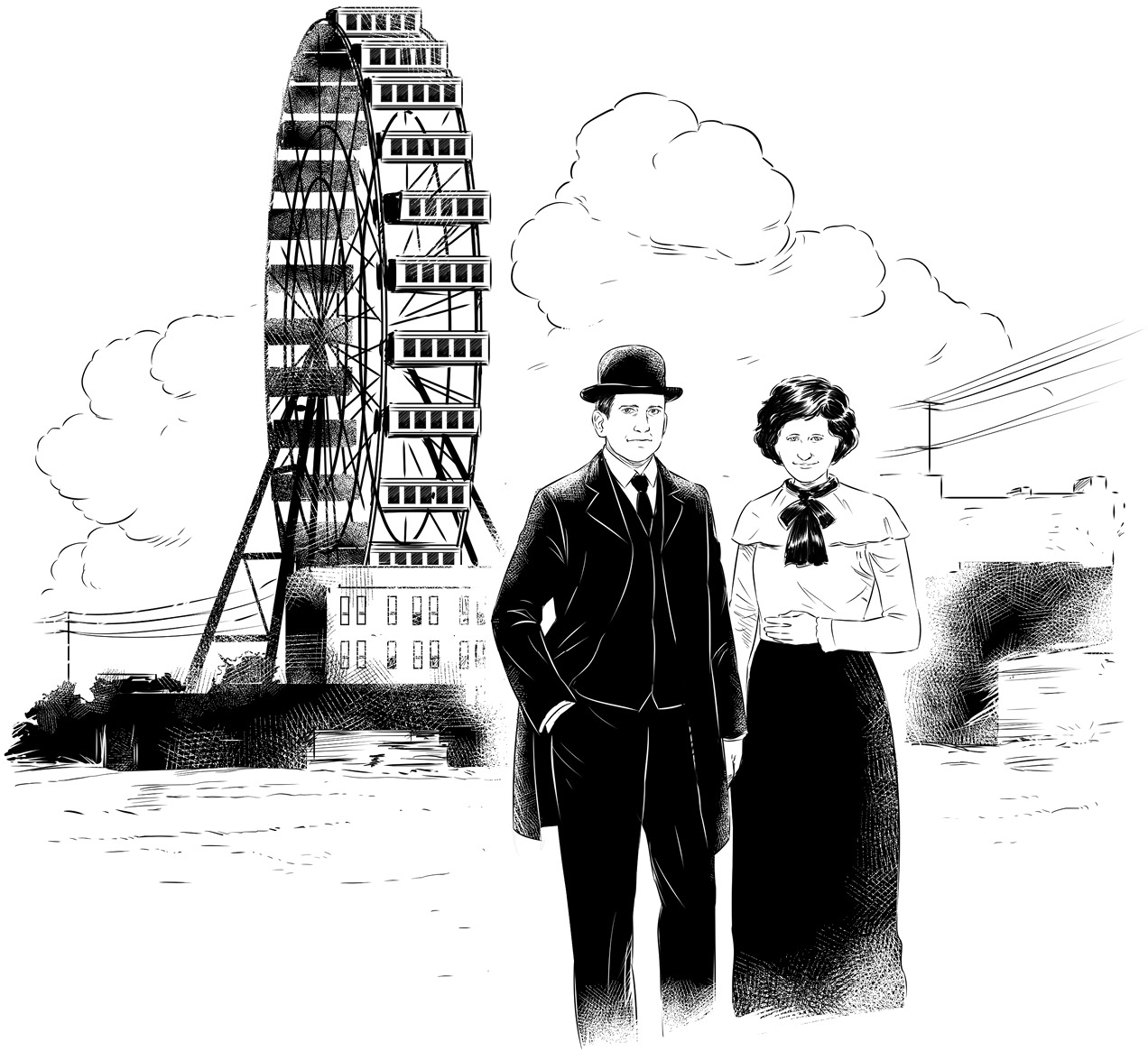
John McWilliams met Julia Carolyn Weston at the Chicago Worlds Fair in 1903. Julia had gone to Smith College and came from a wealthy family that owned a paper company. Though her first name was Julia, everybody called her Caro, short for her middle name, Carolyn.
The young couple got married and moved to Pasadena, California. John took over his familys banking business. Their first child, Julia, was born on August 15, 1912.
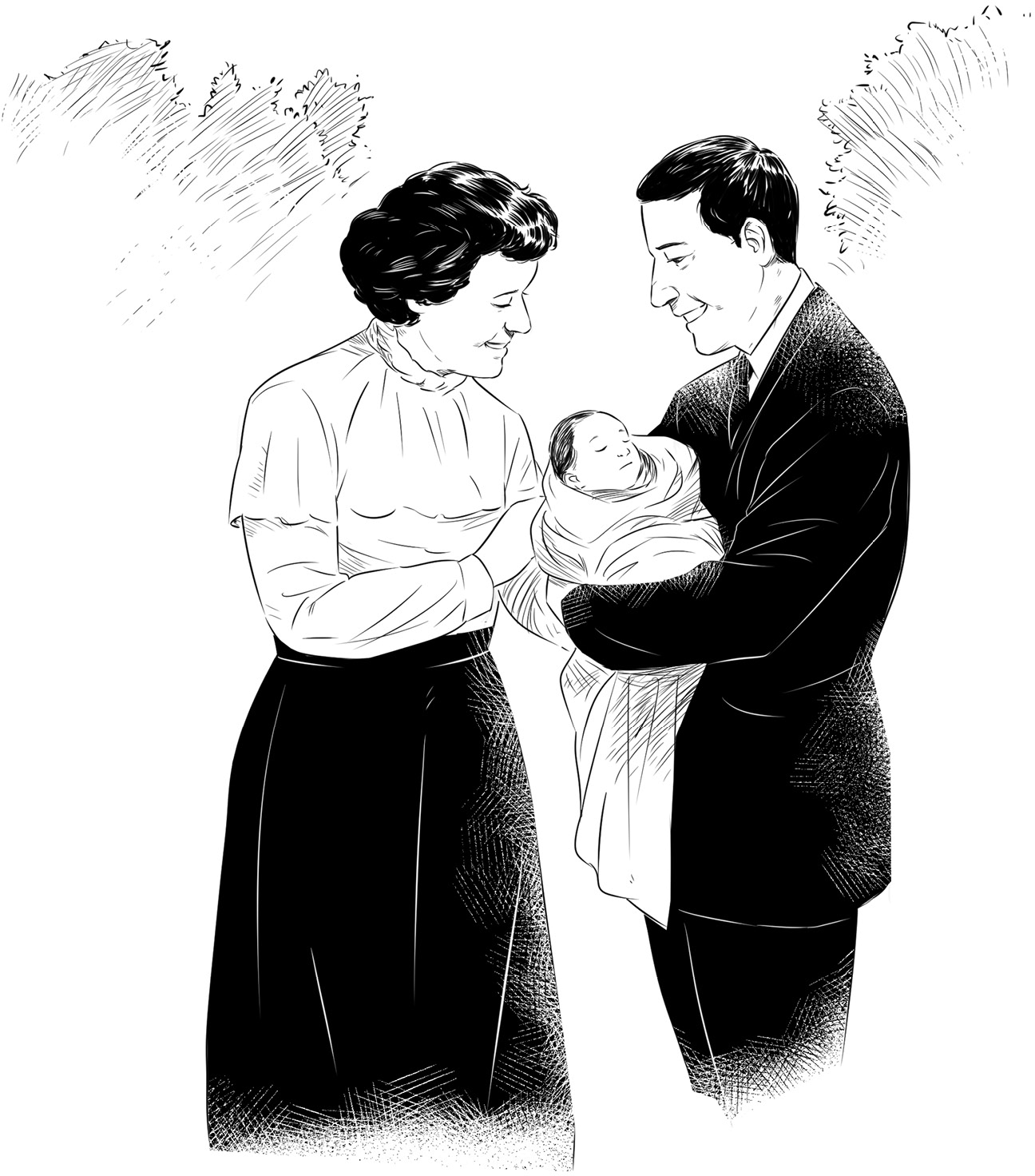
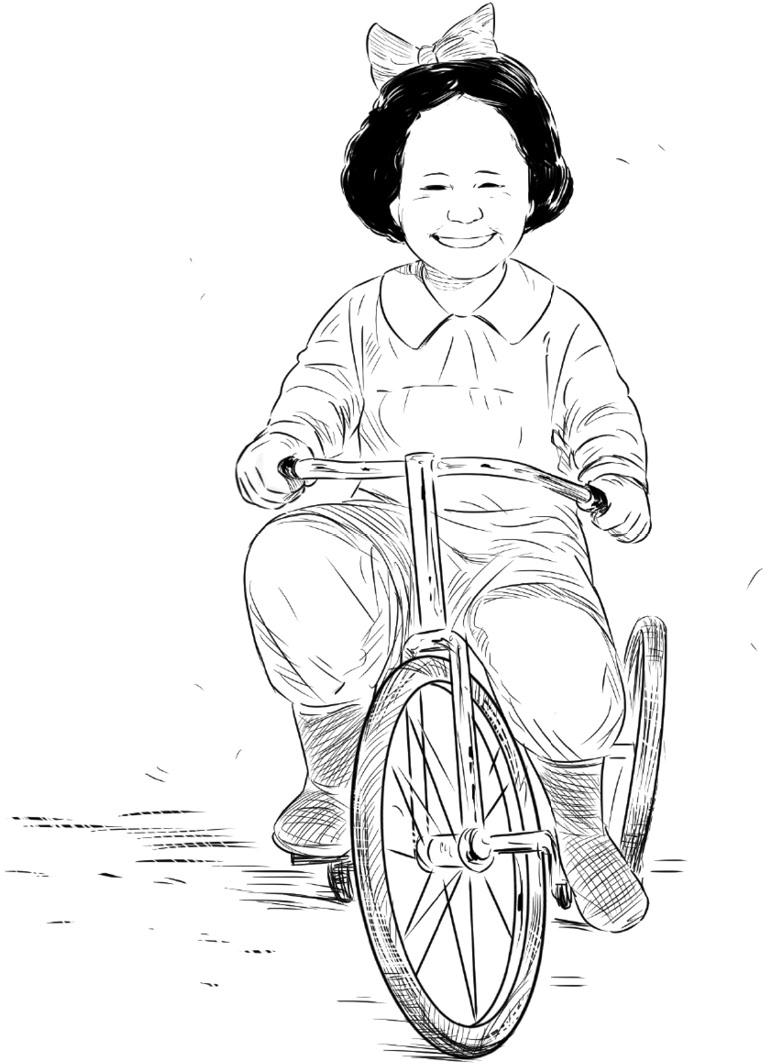
As a child, Julia was full of energy and a fearless sense of adventure. On her tricycle, she roamed the neighborhood without telling anybody where she was going. As Julia got older, she rode her bike everywhere. She rode so fast people called her a daredevil.
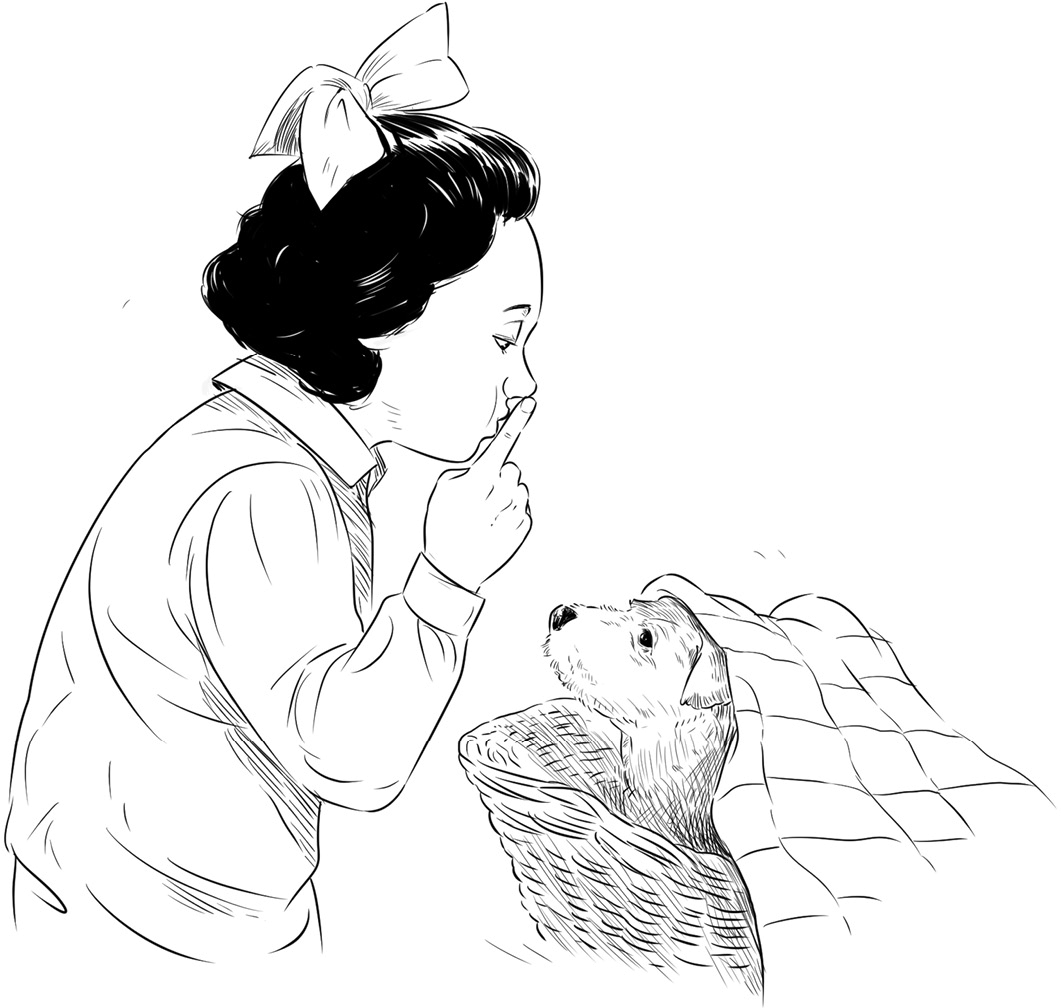
She also loved jokes and pranks, even if they sometimes went too far.
Once, she figured out a way to get around one of the familys big rules: No dogs on their summer vacation at a beach house. Julias father thought the dog would make a mess. But Julia sneaked her dog, Eric the Red, into a laundry basket. She hid the basket in the car. By the time anybody noticed, it was too late to turn back. Eric the Red was on his way to the beach!
Julias parents loved how clever and mischievous she was. They did whatever they could to make sure she was happy. As a result, she grew into a content and confident girl.
Julia did not have to worry about much. Her wealthy family lived in a big house. Julia had a wall of stuffed animals. The family had a maid and nurse who lived with them. They took care of Julia and her younger brother and sister, John and Dort. Dorts real name was Dorothy, but Julia called her Dort the Wort.

From the start, Julia stood out. She was always taller than the other kids. In class pictures, the school photographer always told Julia to stand in the back row. That way she wouldnt block the other children.
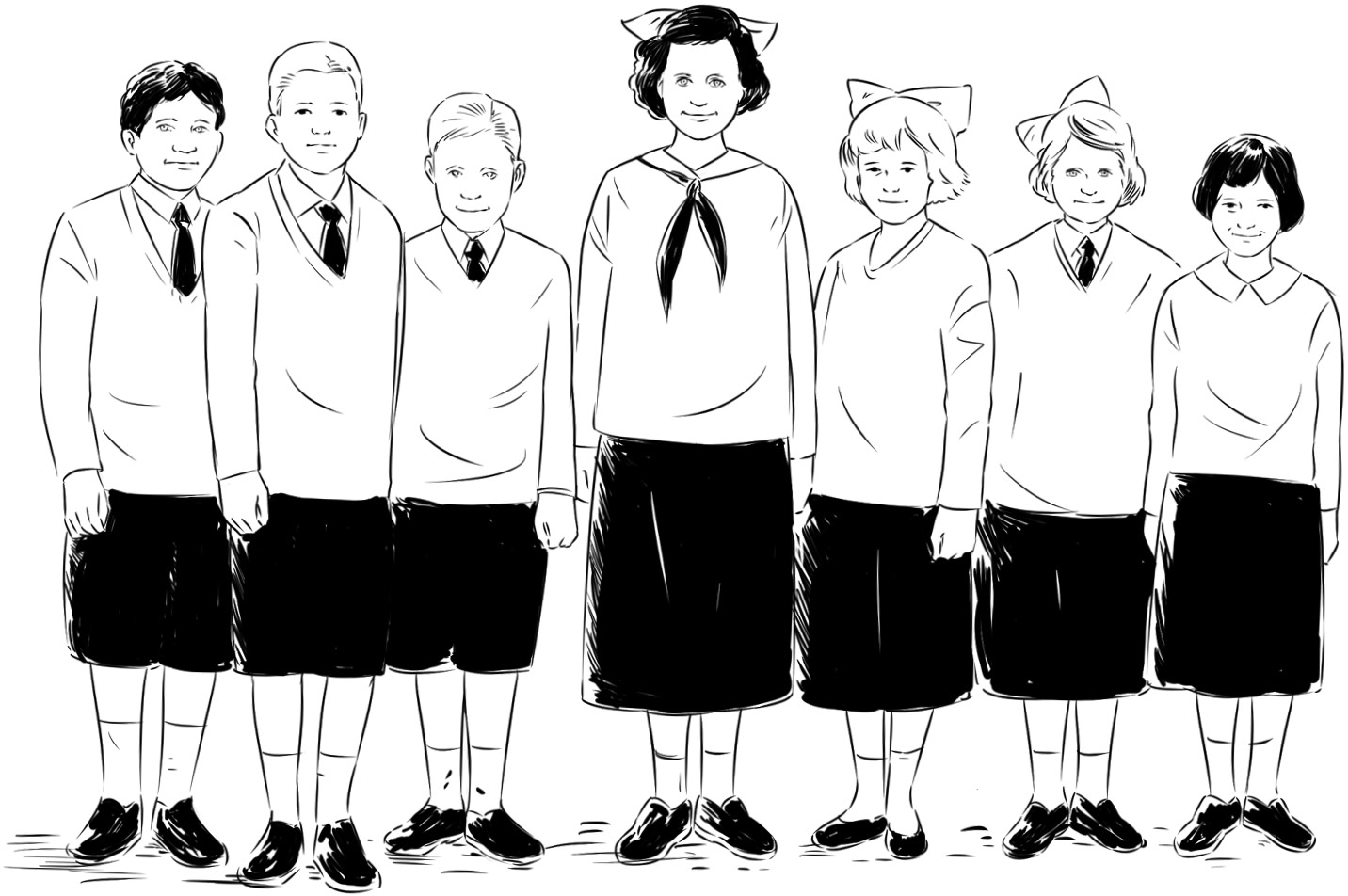
Her height also helped her to be a great athlete. In softball, she impressed everyone by throwing the ball as hard as a boy. In basketball, she was the tallest girl on the team and made the most baskets. Growing up under the warm California sun also allowed Julia to fill her days with swimming and climbing sand dunes all year round.
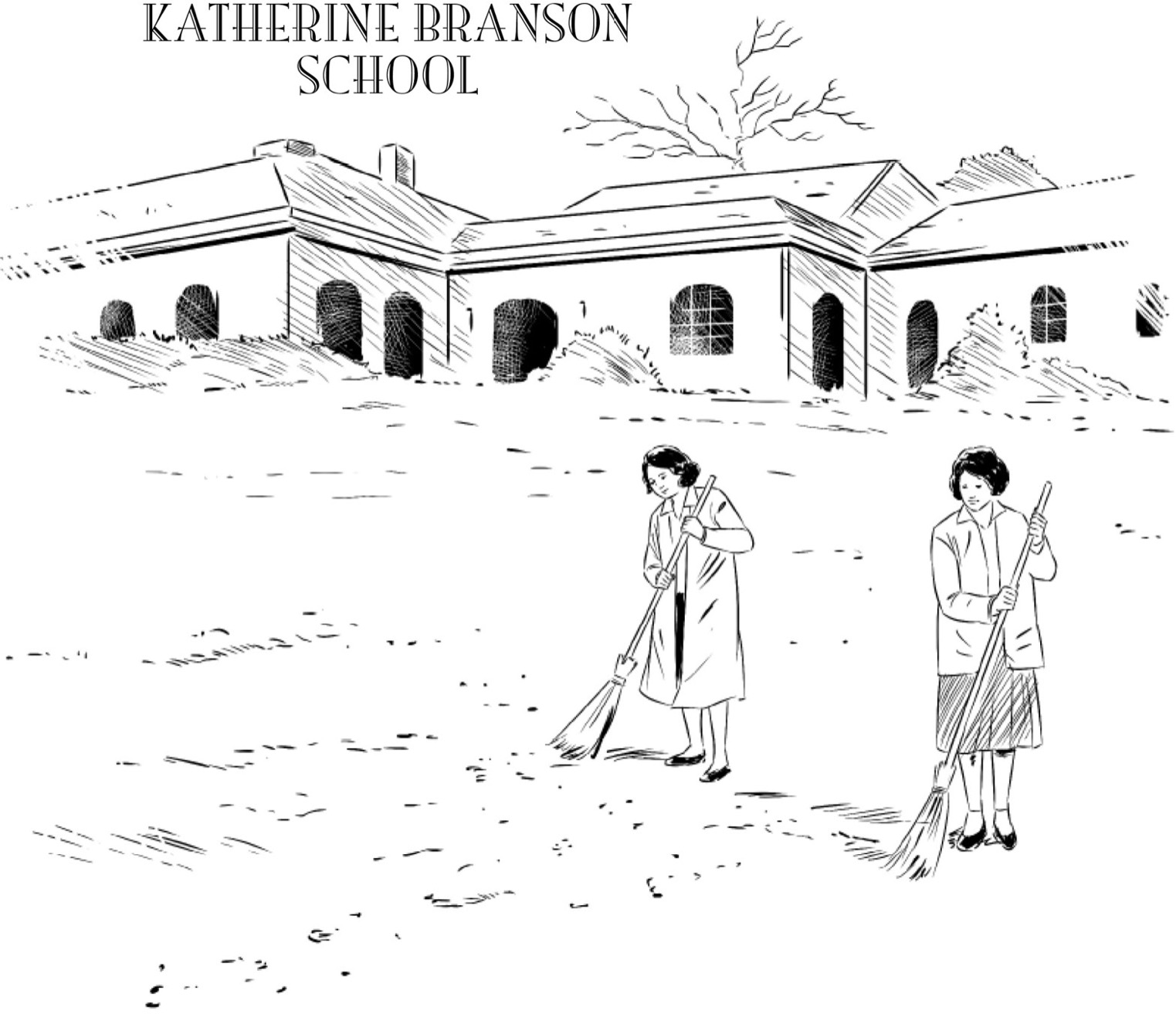
Font size:
Interval:
Bookmark:
Similar books «Who Was Julia Child?»
Look at similar books to Who Was Julia Child?. We have selected literature similar in name and meaning in the hope of providing readers with more options to find new, interesting, not yet read works.
Discussion, reviews of the book Who Was Julia Child? and just readers' own opinions. Leave your comments, write what you think about the work, its meaning or the main characters. Specify what exactly you liked and what you didn't like, and why you think so.

